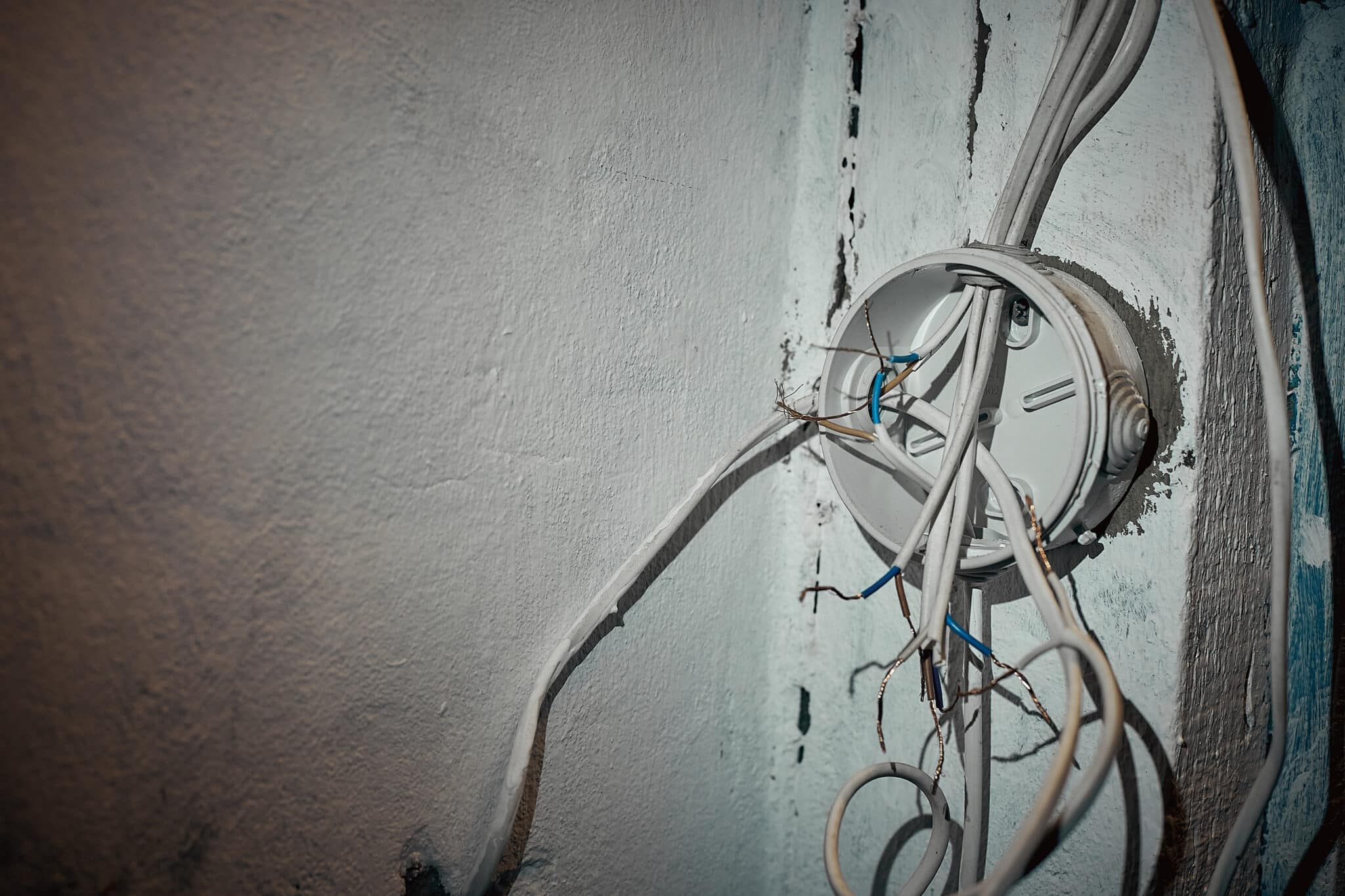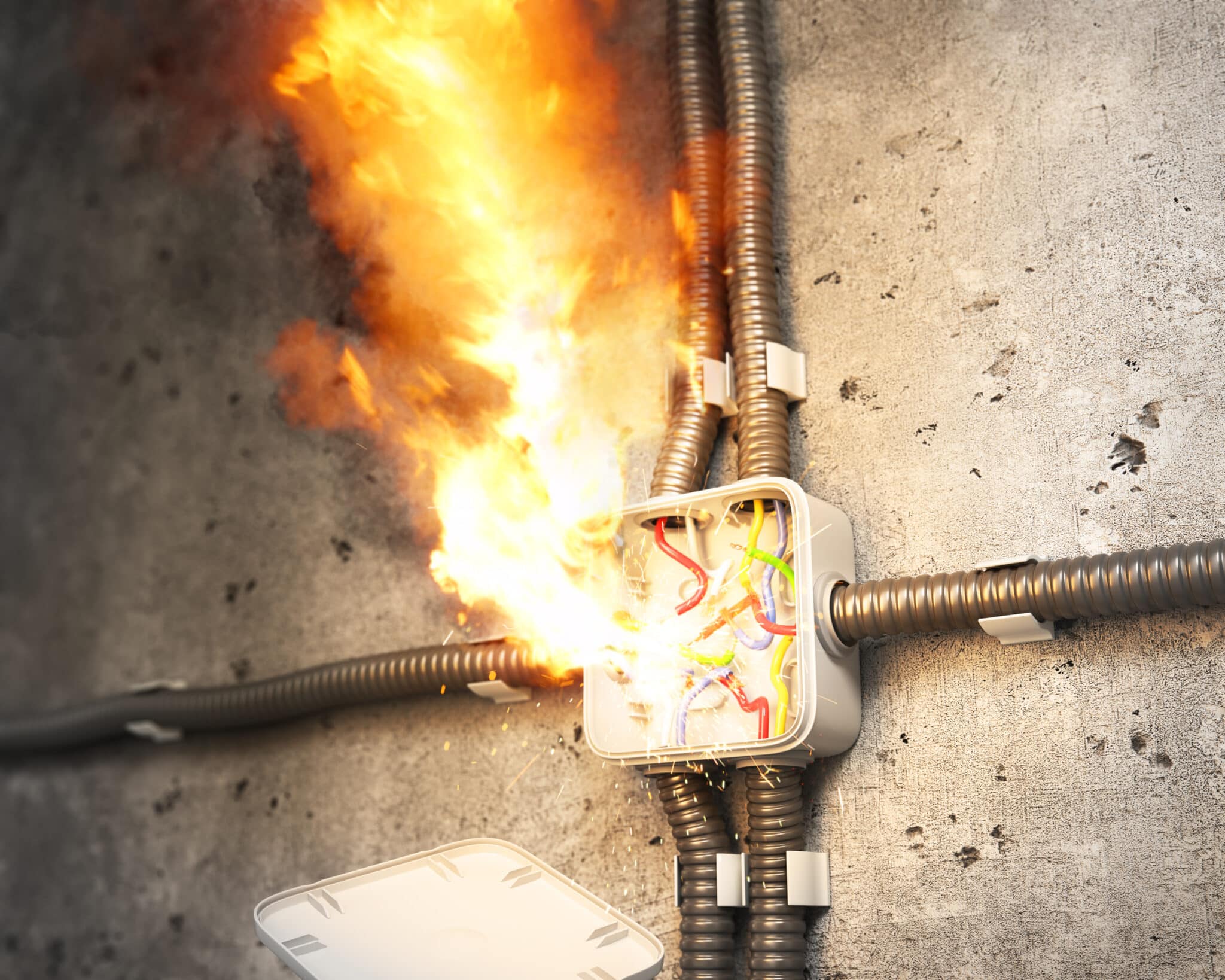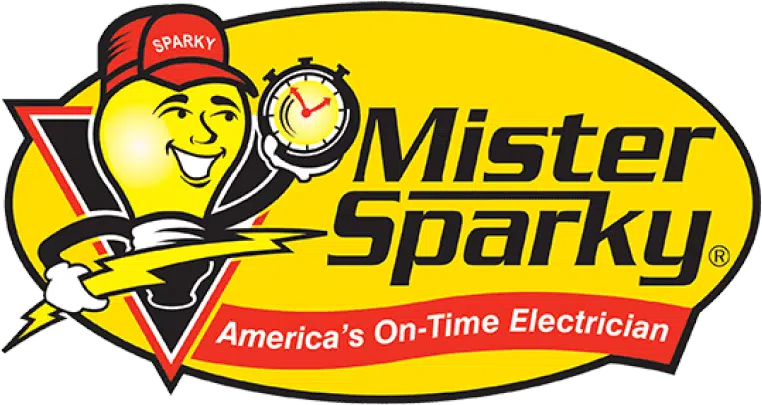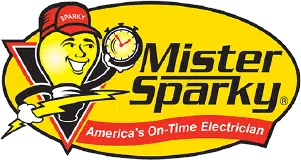Understanding the importance of proper electrical junction box setup is crucial for maintaining a safe and efficient home. These boxes, often hidden behind walls or ceilings, are the unsung heroes of your home’s electrical system. They protect wiring connections from damage and prevent potential fire hazards, making them indispensable in any household. In areas like Lancaster, PA, where historical and modern homes blend together, ensuring these systems are up to code is vital.
For residents in York, PA, and surrounding regions, the electrical junction box setup is not just about compliance, it’s about peace of mind. Knowing that your electrical connections are safely housed can significantly reduce the risk of electrical fires. This setup involves more than just tucking wires away, it requires careful planning and understanding of electrical codes. It’s a critical step in safeguarding your home against electrical mishaps.
However, the setup of these junction boxes is not a one-size-fits-all solution. Each home, whether in Lancaster or York, has unique electrical needs and challenges. This means that the electrical junction box setup must be tailored to meet specific requirements. Professional electricians are skilled at identifying the best solutions, ensuring that every home is safe and systems are accessible for future maintenance.
In conclusion, the role of electrical junction boxes in home safety cannot be overstated. Proper setup is essential, not only for meeting legal requirements but for protecting your home and family. Whether you’re renovating an old property or building a new home, understanding and implementing the correct electrical junction box setup is a critical step towards a safe and secure home environment.
Understanding Electrical Junction Boxes
Understanding electrical junction boxes goes beyond knowing their purpose, it involves recognizing their critical role in home safety. In Lancaster, PA, where the charm of older homes meets modern electrical demands, this understanding becomes even more crucial. These boxes serve as a shield, keeping electrical connections secure and out of harm’s way. By doing so, they significantly reduce the risk of electrical fires, a concern for every homeowner.
The setup process requires meticulous attention to detail and a deep understanding of local codes and standards. For instance, in York, PA, where regulations may differ slightly from other areas, professional electricians play a key role. They ensure that each electrical junction box setup meets the specific needs of the home, aligning with safety and efficiency standards. This tailored approach helps in maintaining the integrity of the electrical system, ensuring it operates smoothly.
Choosing the right size and type of junction box is also a part of the setup process. This choice depends on the number of wires running through the box and the type of installation. Overcrowding can lead to overheating and potential hazards, so accuracy here is paramount. Professionals use their expertise to select the appropriate box, ensuring there’s enough space for all connections, which promotes better safety and functionality.
Finally, regular inspections and maintenance are essential to keep the electrical junction box setup in optimal condition. Over time, connections may loosen, or new electrical demands may arise, requiring adjustments. By staying proactive, homeowners can prevent issues before they escalate into serious problems. Regular checks by qualified electricians can catch and correct any discrepancies, keeping homes in Lancaster, PA, and beyond, safe and up to code.
The Role of Electrical Junction Box Setup in Home Safety
Ensuring the correct electrical junction box setup is a cornerstone of home safety. In Lancaster, PA, professionals recognize that these boxes are more than simple containers, they are a critical defense against electrical hazards. By securely housing wire connections, they prevent short circuits and sparks that can lead to fires. This makes the proper installation and maintenance of these boxes a top priority for homeowners.
In York, PA, the emphasis on electrical junction box setup extends to the protection it offers against environmental damage. Moisture and pests can compromise electrical systems, but a well-installed box keeps these elements at bay. This protection is especially important in areas with high humidity or in older homes more susceptible to infestation. It’s clear that beyond fire prevention, these setups play a multifaceted role in safeguarding a home’s electrical infrastructure.
The process of setting up an electrical junction box also involves ensuring easy access for future inspections and repairs. Electricians carefully choose locations that are both compliant with codes and practical for access. This foresight ensures that any necessary adjustments or troubleshooting can be performed efficiently, minimizing the risk of damage during maintenance. It’s a strategic approach that balances safety with convenience, ensuring systems remain both secure and serviceable.
Regularly updating the electrical junction box setup is crucial as home electrical demands evolve. With the increasing number of electronic devices in homes today, systems installed years ago may now be inadequate. Upgrading these setups allows for safer and more efficient power distribution, adapting to modern needs. Thus, homeowners in Lancaster, PA, and York, PA, are encouraged to consult with professionals to keep their electrical systems robust and responsive to current demands.
Step-by-Step Guide to Proper Electrical Junction Box Setup
Setting up an electrical junction box correctly starts with choosing the right location. It’s vital to select a spot that’s easily accessible for future maintenance and inspections. This choice ensures that any adjustments or repairs can be done swiftly and safely. Picking the right location also involves considering the layout of your home’s electrical system and avoiding areas prone to moisture.
Next, you need to gather the appropriate tools and materials for the installation. Essential items include the junction box itself, wire nuts, electrical tape, and a screwdriver. Having everything on hand before you start makes the process smoother and quicker. This preparation step cannot be overlooked, as it directly impacts the efficiency and safety of the setup.
The third step involves connecting the wires within the junction box. Each wire should be carefully stripped, twisted together with its corresponding wire, and securely capped with a wire nut. It’s crucial to ensure a firm connection to prevent any potential electrical hazards. Wrapping the connection with electrical tape adds an extra layer of safety and protection.
Finally, securing the junction box cover and labeling each connection marks the completion of the setup. Proper labeling is not just about organization, it’s about safety and convenience for future reference. This step is especially important in homes in Lancaster, PA, where electrical systems might be more complex. Following these steps ensures a safe and efficient electrical junction box setup, providing peace of mind to homeowners in York, PA, and beyond.

Common Mistakes in Electrical Junction Box Installation
When installing an electrical junction box, a common mistake is overlooking the box’s size and capacity, which can lead to dangerous overcrowding of wires. This error compromises the safety of the electrical system, increasing the risk of overheating and fires. Professionals in Lancaster, PA, emphasize the importance of selecting a box that can accommodate all necessary connections without strain. Ensuring there is enough room for each wire and connection keeps the system safe and compliant with regulations.
Another frequent oversight is failing to secure the junction box properly to a stable surface. A loosely attached box can move or shift, causing wear on the wires and potentially exposing or severing connections. This scenario poses a significant risk, particularly in areas like York, PA, where homes may experience various environmental stresses. Properly anchoring the box ensures that the electrical connections remain intact and safe over time.
Neglecting to check for compatibility between the wires and the junction box is also a common pitfall. Different types of wires and connections may require specific kinds of junction boxes. Using the wrong type can lead to poor connections, which might not only fail but also create a hazard. It’s crucial to match the box to the wiring needs, a step that professionals do not overlook to maintain the integrity of the electrical system.
Lastly, skipping the final inspection and testing phase after installation is a mistake that can leave errors unaddressed. Even minor oversights during the setup can lead to significant problems. A thorough check ensures that every connection within the junction box is secure and functioning as expected. This practice is especially important in maintaining the safety and efficiency of the electrical systems in homes across Lancaster, PA, and York, PA, safeguarding against potential electrical hazards.
How to Choose the Right Electrical Junction Box for Your Home
Choosing the right electrical junction box for your home in Lancaster, PA, involves understanding the specific requirements of your electrical system. First, consider the type and number of wires that will run through the box. This ensures you select a size that prevents overcrowding and allows for safe, efficient operation. It’s essential to match the box to your home’s electrical demands, promoting safety and compliance with local codes.
In York, PA, the material of the junction box is another critical factor to consider. Options range from plastic to metal, each suitable for different environments and types of installations. Metal boxes are ideal for areas where additional grounding is necessary, while plastic boxes are preferred for their insulating properties. Making the right choice helps in safeguarding your home against electrical hazards.
The location where you plan to install the junction box also plays a significant role in your selection process. It must be easily accessible for maintenance and inspections, yet placed away from potential moisture or damage. This balance ensures that future checks and repairs can be conducted without complications, keeping your electrical system in optimal condition.
Finally, consulting with a professional electrician can provide invaluable guidance in choosing the right electrical junction box setup for your home. They bring expertise in local regulations and can offer personalized advice based on your home’s layout and electrical needs. By taking this step, homeowners in Lancaster, PA, and York, PA, can ensure their electrical systems are safe, efficient, and up to code, providing peace of mind and enhancing home safety.
Ensuring Compliance with Electrical Codes for Junction Boxes
Ensuring that your electrical junction box setup complies with local electrical codes is paramount for the safety of your home in Lancaster, PA. These codes are in place to protect you, your family, and your property from electrical hazards. By adhering to these regulations, you not only ensure the safety of your electrical system but also avoid potential legal issues. It’s crucial to stay informed about these codes, as they can change and vary between different areas.
In York, PA, for example, the requirements for electrical junction box setup might differ slightly from those in other regions. This is why it’s essential to consult with a professional electrician who is familiar with the specific codes of your area. They can ensure that your setup meets all necessary standards and can provide advice on how to maintain compliance. This step is not just about meeting legal requirements, it’s about ensuring the long-term safety of your electrical system.
Another important aspect of ensuring compliance is regular inspections and updates to your electrical junction box setup. Over time, wear and tear or changes in electrical codes may require adjustments to your system. Scheduling regular inspections with a licensed electrician can help identify and rectify any issues before they become serious problems. This proactive approach keeps your home safe and compliant with current standards.
Lastly, if you’re planning any renovations or additions to your home in Lancaster, PA, or York, PA, it’s vital to review your electrical junction box setup. Any new electrical demands placed on your system may necessitate upgrades or modifications to remain compliant. Working with a professional from the start of your project ensures that your electrical system can safely support your home’s evolving needs while adhering to all relevant codes.

The Impact of Incorrect Electrical Junction Box Setup
An incorrect electrical junction box setup can lead to significant safety hazards in homes across Lancaster, PA. If the junction box is overcrowded or improperly installed, it might cause wires to overheat, increasing the risk of electrical fires. This scenario underscores the necessity of adhering to proper installation practices. Ensuring each connection within the box is secure and has adequate space is crucial for preventing such dangers.
In York, PA, an overlooked aspect of electrical junction box setup is the potential for electrical shock or short circuits. When junction boxes are not correctly sealed or are accessible to unqualified individuals, the risk of accidental shock becomes a real concern. It’s essential for homeowners to ensure that these boxes are both correctly installed and situated out of reach from those not familiar with electrical systems. This practice helps safeguard against unintended injuries related to electricity.
Furthermore, the longevity of an electrical system heavily relies on the correct setup of its junction boxes. A system that has been properly installed with attention to detail is less likely to require frequent repairs. This not only saves homeowners in Lancaster, PA, time and money but also contributes to the overall reliability of the home’s electrical infrastructure. Regular maintenance checks can further extend the life of the system by catching potential issues early.
Lastly, the resale value of a home can be influenced by the state of its electrical system. Prospective buyers in York, PA, are likely to be deterred by a home with a known history of electrical problems, which can stem from incorrect junction box setups. Ensuring that the electrical system is up to code and properly maintained is an investment in the home’s future value. Homeowners should consider professional installation and regular inspections as essential steps in protecting their investment.
Maintenance Tips for Electrical Junction Boxes
Maintaining electrical junction boxes is crucial for ensuring the safety and efficiency of your home’s electrical system. Regular checks can identify issues like loose connections or signs of wear and tear before they escalate. Homeowners in Lancaster, PA, should make it a habit to inspect these boxes periodically. This proactive approach can prevent potential hazards and keep the electrical system running smoothly.
One key maintenance tip is to ensure the junction box remains dry and free from any debris. Moisture or dust accumulation can lead to corrosion or electrical faults. In York, PA, where the weather can vary, checking for environmental damage is especially important. Keeping the box clean and dry extends its lifespan and ensures it functions properly.
Another important aspect of maintenance is to verify that the cover of the junction box is securely fastened. A loose cover can expose wires, increasing the risk of accidental shocks or fire hazards. It also protects the internal connections from being tampered with, ensuring that only qualified individuals have access. This simple check can significantly enhance the safety of your electrical system.
Lastly, updating your electrical junction box setup as your home’s electrical demands change is essential. With the addition of new appliances or renovations, the electrical load can increase. Residents of both Lancaster, PA, and York, PA, should consider consulting with a professional electrician to ensure their system can handle these new demands safely. Upgrades or adjustments may be necessary to accommodate the changes, keeping your home safe and compliant with current electrical codes.
Frequently Asked Questions About Electrical Junction Box Setup
What is an electrical junction box?
An electrical junction box is a critical component in any home’s wiring system. It safely encloses wire connections, protecting them from damage and reducing fire risks. Proper electrical junction box setup ensures these connections remain secure and accessible for maintenance. This setup plays a vital role in maintaining a safe and efficient electrical system in your home.
Why is proper setup crucial?
Proper electrical junction box setup is essential for home safety. It prevents electrical fires by keeping wires secure and covered. This setup also makes future repairs easier and safer. Ensuring correct installation protects your home and family from potential hazards.
How to choose the right junction box?
Choosing the right junction box starts with knowing the type of wires and connections it will house. Consider the material, such as plastic or metal, based on the environment and electrical needs. Size is crucial, ensuring there’s enough space for all wires without overcrowding. Lastly, check for compliance with local codes and standards to guarantee safety and efficiency in your electrical junction box setup.
What are common mistakes in electrical junction box setup?
Common mistakes in electrical junction box setup include not securing the box firmly to a structure, leading to potential hazards. Overfilling the box with too many wires can cause overheating and short circuits. Some forget to cover the box, leaving wires exposed and increasing the risk of electrical shocks. Lastly, ignoring local codes and standards can result in unsafe installations and possible legal issues.
Can I install an electrical junction box myself?
Yes, you can install an electrical junction box on your own, but it requires careful attention to detail. First, make sure you understand local codes and safety standards. Gather the right tools and materials before you start. Finally, if you feel unsure at any point, it’s wise to consult a professional to ensure a safe and correct setup.






